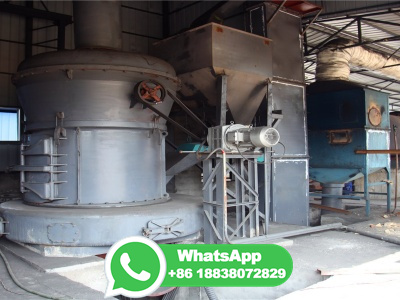
Portland cement. Portland cement (BS 12: 1996) is a factoryproduced binder generalpurpose Portland cement made by grinding Portland cement clinker together with a controlled amount of calcium sulfate (≤ per cent SO3) and up to 5 per cent additional inorganic mineral, fly ash or limestone.
WhatsApp: +86 18203695377
Mixing of raw materials: The processes used for the manufacture of portland cement can be classified as dry and wet. In dry process. The raw materials are first reduced in size of about 25mm in crushers and Crushed material is ground to get fine particles into ball mill or tube mill. Each material after screening is stored in a separate hopper.
WhatsApp: +86 18203695377
History and Development of Portland Cement Portland cement, arguably one of mankind's most important manufactured materials, was invented and patented by Joseph Aspdin from Leeds in 1824. ... Grinding the clinker with gypsum: The cement clinker is usually ground in a ball mill to form fine powder. A small amount of gypsum (5%) is used in this ...
WhatsApp: +86 18203695377
of raw materials: The granulated blast furnace slag and Portland cement are mixed in a specific ratio to form a homogeneous mixture. : The mixture is then ground in a ball mill ...
WhatsApp: +86 18203695377
Generally, the proportion of components in cement raw materials is 6775% limestone, 1015% clay, % iron ore and % coal. The laboratory of a cement plant. With the help of vertical roller mills or other types of crushers, the raw materials are blended and further ground into smaller pieces of raw meal in the cement plant.
WhatsApp: +86 18203695377
The production process of silicate cement (also known as Portland cement) is representative in cement production. It usually adopts limestone and clay as main materials. ... usually between J/kg and the consumption of ball mill vulnerable parts is also large. Compared with other processing methods, the clinker manufactured by the wet ...
WhatsApp: +86 18203695377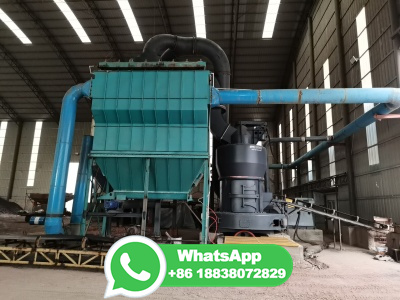
Bahan Baku Portland Cement. Portland cement memiliki tekstur berupa serbuk halus, dihasilkan dengan cara menggiling terak/clinker yang mengandung senyawa kalsium silikat dan gypsum sebagai tambahan. Ada beberapa senyawa yang dibutuhkan dalam pembuatan porland cement, yaitu kalsium oksida (CaO), silikon oksida (SiO2), alumunium oksida (A12¬¬O3 ...
WhatsApp: +86 18203695377
Clinker Plants: Cement Clinker Grinding Plant is developed with all latest equipment and machines like Pre crusher, feed hopper, Table feeders, Ball mill, Blending, Packing Plant with all Material ...
WhatsApp: +86 18203695377
Choose the right cement manufacturing machine is an important influence factor to produce highquality cement. The cement making machine frequently used in cement plants includes cement rotary kiln, shaft kiln, cement vertical mill, cement ball mill, cement roller press, etc.
WhatsApp: +86 18203695377
Ball Mills In a ball mill, the particles are ground by repeated impact forces. The material needs usually more than 20 minutes from mill entrance to outlet unlimited impacts take place on this journey. ... CC and LC 3 offer similar performance to Portland cement with a reduced CO 2 footprint, and they are composed of widely abundant ...
WhatsApp: +86 18203695377
Dust is the main pollutant from the cement industry. Many links in the cement production process, such as raw material crushing, raw meal grinding, clinker calcination, cement grinding, etc., have different degrees of dust them, the clinker calcination stage has the most serious dust emission degree, accounting for more than 70% of the total dust emission of the cement plant.
WhatsApp: +86 18203695377
was mechanically mixed in a porcelain ball mill for 12 h to assure complete homogeneity. Preparation of the hardened cement pastes Different cement pastes were prepared using W/S ratio = Each paste was prepared by mixing the dry mix with the required amount of water for about 3 min. After complete mixing, the resultant paste was molded into
WhatsApp: +86 18203695377
These are called as Hydraulic Cements (Portland Cement) and those setting in air are Non Hydraulic cements (Ordinary Lime). 5. ... •Tube Mill Ball mill grinding is followed by tube mill grinding. Tube mill is conical at the discharge end with separate inlet and outlet. Slower is the feeding speed finer is the product coming out of the ...
WhatsApp: +86 18203695377
irst it is important to know the types of cement mills used in cement plant to grind the clinker (main Substance in cement production) to produce ordinary Portland cement (opc), mainly there are four types of mills: Horizontal Ball Mill in Closed Circuit, Vertical Roller Mill and other less using like Horo Mill, Vertical Ball Mill. See Full PDF
WhatsApp: +86 18203695377
Portland cement mixed with sand and aggregate in the proper proportions has come to be standard practice in making concrete. For general reference cement is usually shipped in sacks containing one cubic foot of material. A barrel usually holds 4 cubic feet. ... In the case of ball mills, all internal wearing parts will pass through the manhole ...
WhatsApp: +86 18203695377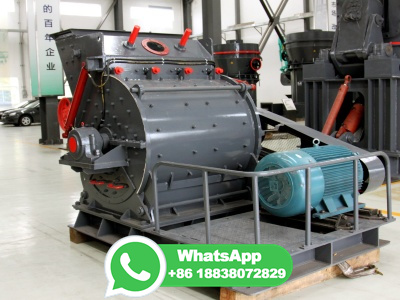
The most widely used cement today is Portland cement, so named because of its resemblance to the highly valued Portland Stone, found on the Isle of Portland, Dorset, UK. ... additional additives such as power station fly ash or blast furnace slag are also added to the cement mill infeed. Typically, ball/tube mills have dominated cement milling ...
WhatsApp: +86 18203695377
Section snippets Preparation of cement samples with grinding aid. 200 ppm each of phenol, EG, DG, PG, TEA, TIPA, and a phenol/TEA blend were interground with gypsum and two commercially available Portland cement clinkers using two milling apparatus: 1) a bench top vibrating SPEX 8000 Mixer/Mill (SPEX Industries, Edison, ), and 2) a custom fabricated rotating ball mill with temperature ...
WhatsApp: +86 18203695377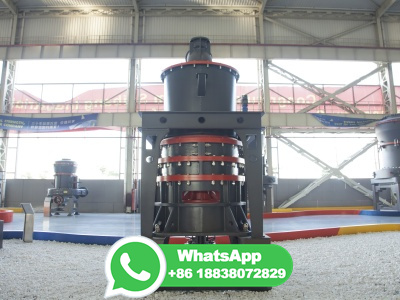
Coal utilisation in the cement and concrete industries. G. Schumacher, L. Juniper, in The Coal Handbook: Towards Cleaner Production: Coal Utilisation, 2013 Makeup of Portland cement. Portland cement is a fine powder produced by grinding Portland cement clinker (more than 90%), a limited amount of gypsum (calcium sulphate dehydrate , which controls the set time) and other ...
WhatsApp: +86 18203695377
Ball race mill (Petersmill of the Claudius Peters Joint Stock Company, Hamburg, Germany) ... For a grinding plant designed for an output of 80 t of portland cement per hour a roller mill with a grinding bowl diameter of m is required. The total power consumption of the grinding plant is kWh/t, cor responding to a 20 % saving in ...
WhatsApp: +86 18203695377
The wet process for the manufacturing of Portland cement. In the wet process, limestone is first crushed to smaller fragments. Then, it takes to ball or tube mill where it mixes with clay and finely ground. Then, water adds to it to make a slurry. It pumps to slurry tanks, where it keep in an agitated condition by means of rotating arm or by ...
WhatsApp: +86 18203695377
The cement ball mill is a kind of cement grinding is mainly used for grinding the clinker and raw materials of the cement plant, and also for grinding various ores in metallurgical, chemical, and electric power has the characteristics of strong adaptability to materials, continuous production, a large crushing ratio, and easy to adjust the fineness of grinding products.
WhatsApp: +86 18203695377
Portland Cement Manufacturing Process Description17 Portland cement is a fine powder, gray or white in color, that consists of a mixture of ... ball or tube mills, thereby producing a pumpable slurry, or slip, of approximately 65 percent solids. The slurry is agitated, blended, and stored in various kinds and sizes of cylindrical ...
WhatsApp: +86 18203695377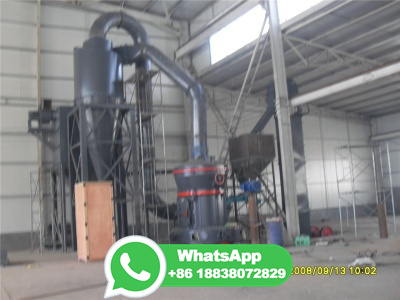
Feeding Size: ≤25mm. get price! Ball mills, also known as tube mills, are widely used in cement, silicate products, new building materials, refractory materials, fertilizers, black and nonferrous metal dressings, and glass ceramics industry. As for types of cement ball mill, there are normal cement ball mill and superfine cement ball mill.
WhatsApp: +86 18203695377